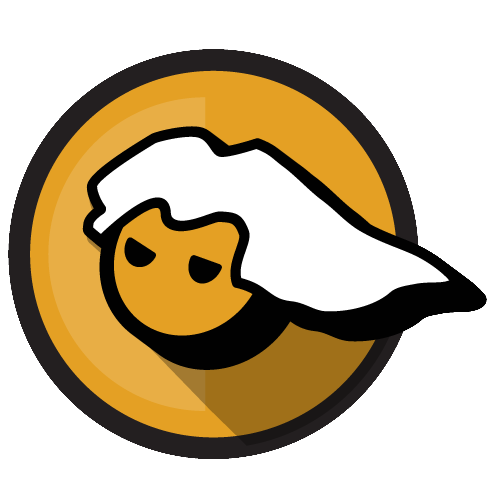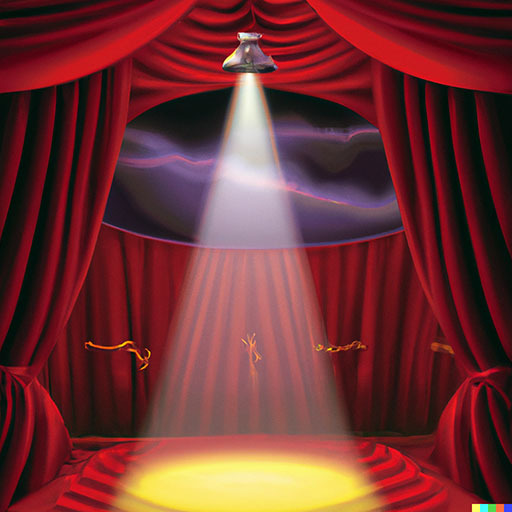

Holy crap, that’s some next-level photo-realism they were able to achieve on… reads notes PS5! 🤯 The story and gameplay look promising as well.


Holy crap, that’s some next-level photo-realism they were able to achieve on… reads notes PS5! 🤯 The story and gameplay look promising as well.
There’s an issue on Bazzite’s repo asking for new-lg4ff and other kernel modules to be added. While the issue is still open, it describes a workaround[1][2] but it requires building the DKMS module and layering it on top of Bazzite on every kernel update.
Edit: re-reading your post and Oversteer’s README your wheel should be supported by the default kernel, I’m not sure new-lg4ff will fix your issue (and the latter does not list the G920). The issue must be somewhere else. I wish I could help you, but I have yet to try Assetto Corsa and Dirt Rally with my Driving Force GT on Bazzite.
I haven’t used an immutable distro, but if it’s a problem, I’m sure that there’s a way to defeat the immutability. If it just mounts the root filesystem read-only, then
# mount -o remount,rw /Will probably do it.
It will work until the next reboot (and I believe it won’t work on Fedora 42 as it now uses composefs), on Fedora Atomic Desktops you have to use layers to add additional packages using rpm-ostree
(Edit: formatting)


Went back to a single monitor: 32" 1440p at home, 24" 1080p at work. The 32" is big enough to have two windows side-by-side, so I rarely miss having two screens.


Oh right, I confuse the two


Power off. I never used hibernation nor suspend (even on Windows) and as I don’t use some of my computers for weeks, it just doesn’t make sense to keep them suspended for so long. And now that I’m on Fedora Atomic Desktop with auto-updates, I would have to reboot regularly anyway in order to apply updates.
Only exception is the Steam Deck for which I kept suspend so I can pick up my games where I left off.


Oh, that makes sense.


The fuck is “non-tariff cheating” supposed to mean?
It’s like regular Fedora KDE, except that it avoids this problem of traces of past experiments everywhere.
Kinoite is much more than that: it is an atomic and immutable spin of Fedora KDE. This has big implications but the gist of it is that:
You can roll back to any previous version if anything breaks
The base system cannot be modified
If you need to install RPM packages, you do that by adding “layers” on top of the base system, and these can be removed if needed to go back to a clean base system
You can switch from one spin to another by “rebasing”, but it is recommended that you remove any additional layer first and that you stick to the same desktop environment
My experience on other distros was that upgrading in place a system that deviated too much from “stock” would wreck the install. I would personally play it safe and backup my home folder and do a fresh install.
Just don’t forget to test your backup before formatting your drive!


I had a blast playing Overcooked 1 & 2 with my partner and they run fine on Deck. I only played with 4 players once and it was a bit chaotic since it was the first time playing Overcooked for most of us.
If you plan on emulating Wii U, New Super Mario Bros. U sounds like a fun option. In the same vein, Rayman Origins and Legends are great co-op platformers too and are both Gold on ProtonDB


I was going to play the first one on PS3 before playing through Part II, but if the Collection comes out on PC before then, I might buy it and play both games on PC instead.


Nope, using Proton-GE 9.27 doesn’t fix the issue, I have the same behavior :(


Now that you speak of it, I have The Sims 4 running without issue using Lutris and I believe it might use GE-Proton.
In France it’s dirt cheap, I’m paying 23,99€/month for symmetric 1Gbps FTTH.


Most likely they use a translation layer (think Wine, Proton or DXVK) rather than emulation, since the Switch 2 hardware is not completely different from Switch 1 and it’s not as costly as emulation, so I would say neither.
Edit to clarify emulation vs translation layer:
Emulation re-creates the entire hardware, while translation layer translates programming instructions intended for one platform to another, just like you would translate “one plus two” from English into “um mais dois” in Portuguese for exemple.
Since both Switch don’t have completely different hardware (unlike PS3 and PS4 for example) it’s probably easier and much more efficient to simply translate instructions that were specific to Switch 1 into Switch 2 instructions.
Edit 2: also Yuzu and Ryujinx are designed to emulate Switch on the x86 architecture, and since Switch 2 (and Switch 1) run on ARM, I’m pretty sure these emulators wouldn’t run on Switch 2 without massive re-engineering efforts. Also, as someone else said, these projects are reverse-engineered, it makes much more sense that Nintendo engineers create an emulator from scratch using their own internal documentation of Switch 1 architecture (again, it’s unlikely they went for emulation as I stated above) so the result is much more reliable than both Yuzu and Ryujinx.


That sentence intrigues me
we did something that’s somewhere in between a software emulator and hardware compatibility
What do they emulate vs. what was added in hardware to ensure compatibility?
Haha yes, the Mario Party Jamboree minigames using the Switch Camera felt very EyeToy-like.


Acho que você esqueceu o link [email protected] ;)
Title card on the end reads “Captured on PS5” and Digital Foundry were 99% sure the first trailer was in engine.